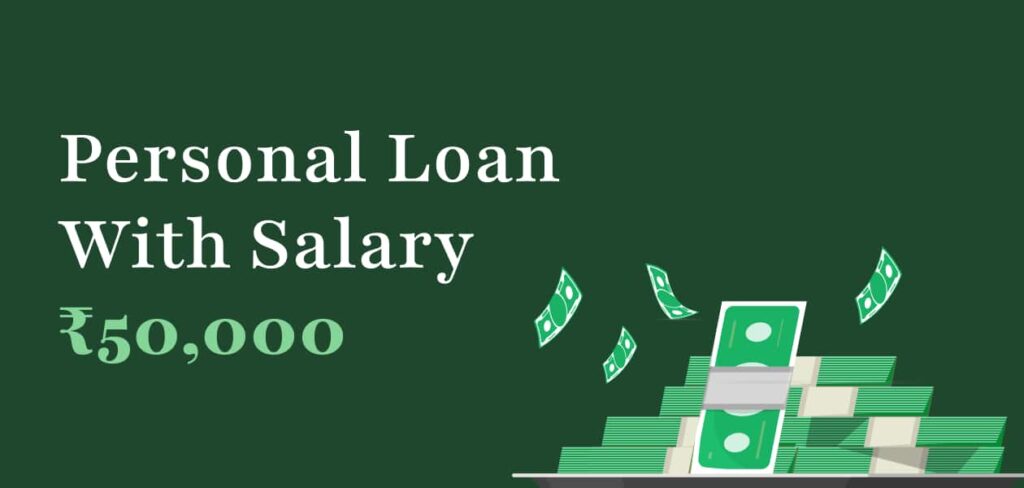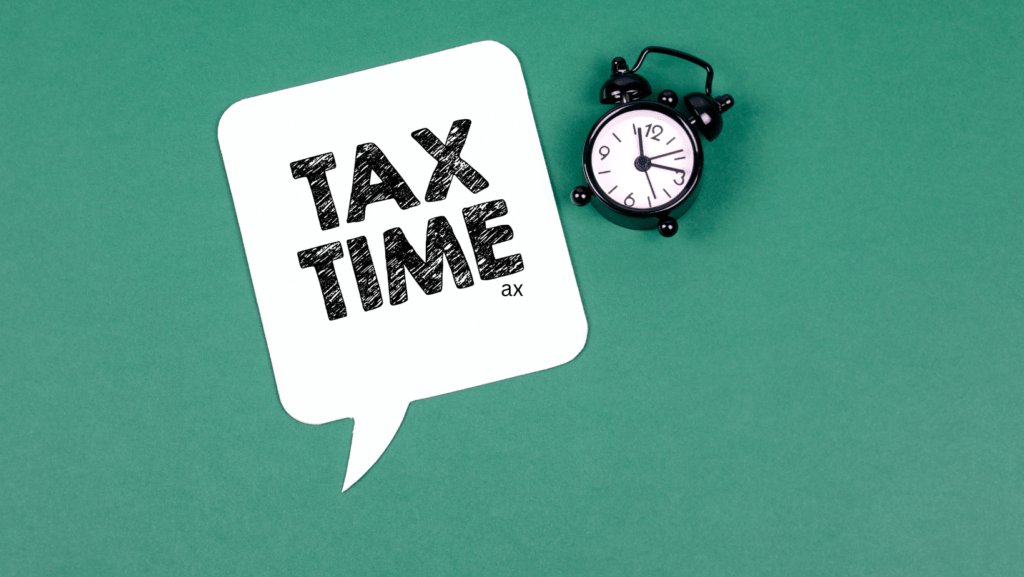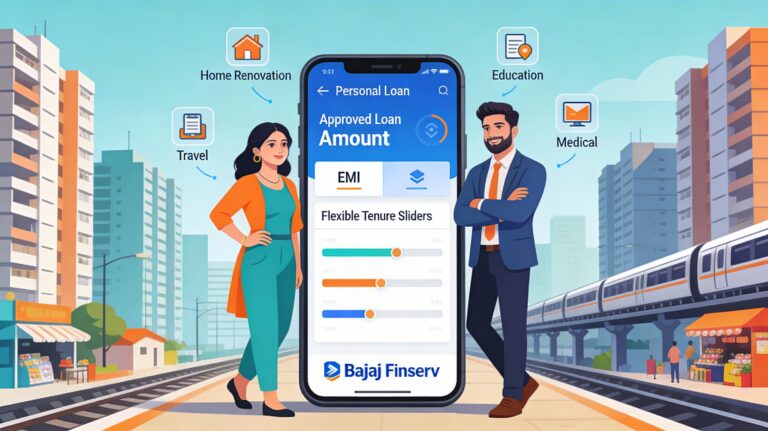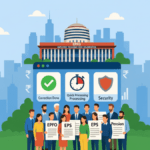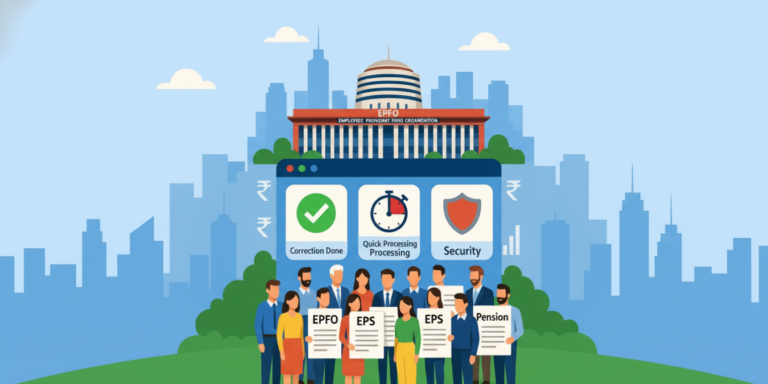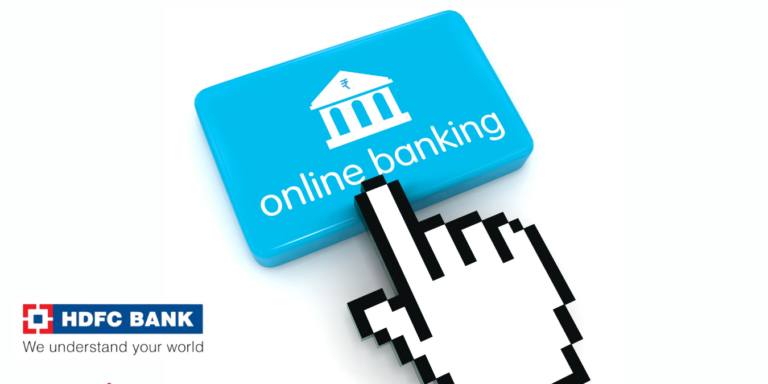
Will your education loan subsidy under the CSIS scheme arrive in time to ease your financial burden? Unravel the suspense behind the Central Sector Interest Subsidy Scheme in 2025! Discover eligibility, delays, and insider tips to secure your interest subsidy for education loans. Dive into our guide to unlock the secrets of PM-Vidyalaxmi and ensure your subsidy doesn’t get lost in the wait!
If you’ve secured admission to your dream technical or professional course in India, but the financial burden of an education loan looms large. Suddenly, you hear about the Central Sector Interest Subsidy Scheme (CSIS)—a lifeline from the Government of India that promises to wipe out the interest on your loan during the moratorium period. But here’s the catch: When will you actually get this subsidy? The answer isn’t as straightforward as you’d hope, and the suspense of waiting can feel like a cliff-hanger in a Bollywood thriller. In this blog post, we’ll decode the CSIS, reveal the latest updates as of 2025, and guide you through the process to ensure you don’t miss out on this financial relief.
What is the Central Sector Interest Subsidy Scheme (CSIS)?
The Central Sector Interest Subsidy Scheme, launched in 2009 by the Ministry of Education (formerly MHRD), is a game-changer for students from economically weaker sections (EWS). It aims to make higher education accessible by covering the full interest on education loans during the moratorium period—typically the course duration plus one year or six months after securing a job, whichever comes first. This scheme applies to loans taken under the Indian Banks’ Association (IBA) Model Education Loan Scheme for technical or professional courses in India. But here’s the twist: not everyone qualifies, and the timeline for receiving the subsidy can be as elusive as monsoon rain. Let’s dive into the details to uncover when and how you can expect this financial boost.
Key Features of the CSIS Scheme
- Eligibility: Students with an annual parental income up to ₹4.5 lakh from all sources.
- Loan Limit: Subsidy applies to loans up to ₹10 lakh, even if the total loan exceeds this amount.
- Courses Covered: Only technical/professional courses from NAAC-accredited institutions, NBA-accredited programs, or Centrally Funded Technical Institutions (CFTIs) like IITs and IIMs.
- Moratorium Period: Interest subsidy covers the course duration plus one year or six months post-employment.
- Nodal Bank: Canara Bank oversees the scheme’s implementation, processing claims on behalf of other banks.
Sounds promising, right? But the burning question remains: When will the subsidy hit your loan account? Let’s unravel this step by step.
Who Qualifies for the CSIS Subsidy?
Before we get to the timeline, let’s clarify if you’re eligible. The CSIS is designed for students from economically weaker backgrounds, but the criteria are strict, and missing even one can derail your chances. Here’s what you need to qualify:
- Income Limit: Your family’s gross annual income must not exceed ₹4.5 lakh. You’ll need an income certificate from a state-designated authority (e.g., Zonal Deputy Tahsildar in Tamil Nadu).
- Course Type: The subsidy is limited to professional or technical courses (e.g., engineering, medicine, law) from recognized institutions. Courses like MBBS or BDS with internships are included in the moratorium period calculation.
- Institution Accreditation: Your institution must be NAAC or NBA accredited, or it should be an Institution of National Importance or a CFTI. Check the list of 860 quality higher education institutions at dashboard.aishe.gov.in.
- Loan Details: The loan must be under the IBA Model Education Loan Scheme, without collateral or third-party guarantees, and disbursed on or after April 1, 2009.
- One-Time Benefit: The subsidy is available only once, either for an undergraduate degree or a postgraduate degree/diploma, including integrated courses.
- No Discontinuation: If you drop out mid-course or are expelled for academic or disciplinary reasons, you lose eligibility. Exceptions are made for medical discontinuations with proper documentation.
If you tick these boxes, you’re in the game. But here’s where the suspense builds: qualifying doesn’t guarantee an immediate subsidy. Let’s explore why.
The Subsidy Process: How Does It Work?
The CSIS subsidy isn’t credited to your account the moment you sign the loan papers. It’s a multi-step process involving your bank, Canara Bank (the nodal bank), and the Ministry of Education. Here’s a simplified breakdown:
- Loan Application and Documentation: When applying for an education loan, submit your income certificate and other required documents to your bank. Ensure the bank marks your loan as eligible for CSIS at the sanction stage.
- Moratorium Period Tracking: During your course and the moratorium period (course duration + 1 year or 6 months post-employment), the interest on your loan accumulates but is covered by the government if eligible.
- Claim Submission: Banks compile subsidy claims and submit them to Canara Bank, typically on a half-yearly or yearly basis, after the moratorium period ends.
- Verification and Disbursement: Canara Bank verifies the claims and forwards them to the Ministry of Education. Once approved, the subsidy is transferred to your loan account via Direct Benefit Transfer (DBT).
Here’s the kicker: the timing of this disbursement can vary widely, and delays are not uncommon. Why? Let’s dig deeper.
When Will You Get the Subsidy?
This is where the suspense peaks. The CSIS subsidy is typically disbursed after the moratorium period ends, which could be years after you take the loan. For example:
- If you’re pursuing a 4-year B.Tech course, the moratorium period is 4 years + 1 year = 5 years.
- For an MBBS course with a 1-year internship, it’s 5.5 years + 1 year = 6.5 years.
The Ministry of Education, through Canara Bank, settles subsidy claims only for accounts where the moratorium has ended or is nearing completion. This means you might not see the subsidy until you start repaying the loan’s principal and interest. In some cases, banks may delay submitting claims, or verification bottlenecks at Canara Bank or the Ministry can stretch the timeline further.
Latest Updates
As of July 2025, the CSIS scheme remains active with no major changes to the income ceiling (₹4.5 lakh) or loan limit (₹10 lakh). However, the PM-Vidyalaxmi Scheme, introduced in 2024, complements CSIS by offering collateral-free loans and a 3% interest subvention for students with family incomes up to ₹8 lakh, covering the top 860 quality higher education institutions. This scheme runs parallel to CSIS, but you cannot avail of both subsidies for the same loan.
To apply for CSIS, use the PM-Vidyalaxmi portal for a streamlined, digital application process. For grievances, contact Canara Bank at 1800-1031 or email [email protected].
Factors Affecting Subsidy Timing
- Bank Efficiency: Some banks are quicker to submit claims to Canara Bank. Check with your bank (e.g., SBI, Bank of Baroda, or HDFC) to ensure they’ve flagged your loan for CSIS.
- Moratorium Completion: Subsidy claims are processed post-moratorium, so longer courses mean longer waits.
- Documentation Errors: Incorrect or incomplete income certificates can delay or disqualify your claim. Double-check with your bank at the loan sanction stage.
- Government Processing: The Ministry’s approval process can take months, especially if there’s a backlog of claims.
Pro Tip: Regularly follow up with your bank and check the status on the Vidyalakshmi portal.
How to Ensure You Get the Subsidy Without Delays?
The suspense of waiting can be nerve-wracking, but you can take steps to stay ahead:
- Verify Eligibility Early: Confirm your institution’s accreditation and submit a valid income certificate at the loan application stage.
- Choose an IBA-Approved Bank: Ensure your loan is from a scheduled bank under the IBA scheme (e.g., SBI, Axis Bank, Indian Bank). Non-banking financial companies (NBFCs) are not eligible.
- Track Moratorium Period: Keep tabs on when your moratorium ends and follow up with your bank 3–6 months prior to ensure they prepare your claim.
- Use Digital Portals: Apply through pmvidyalaxmi.co.in or jansamarth.in for transparency and faster processing.
- Resolve Grievances Promptly: If delays occur, escalate to Canara Bank or file a grievance at pgportal.gov.in.
Other Education Loan Subsidy Schemes to Know
If the CSIS timeline feels too long, explore these complementary schemes:
- Padho Pardesh Scheme: Offers interest subsidies for minority community students pursuing Master’s, M.Phil., or PhD abroad (income limit: ₹6 lakh).
- Dr. Ambedkar Central Sector Scheme: Supports OBC and EBC students for overseas studies (income limits: ₹8 lakh for OBC, ₹2.5 crore for EBC).
- Credit Guarantee Fund Scheme for Education Loans (CGFSEL): Provides a 75% guarantee on loans up to ₹7.5 lakh, reducing risk for banks and students.
Each has its own eligibility and application process, so check myscheme.gov.in for details.
Tips to Stay Ahead
To keep readers hooked and rank high on Google Discover, here are some actionable tips sprinkled with keywords like education loan interest subsidy, CSIS eligibility, and PM-Vidyalaxmi scheme:
- Stay Updated: Follow education.gov.in for scheme updates.
- Leverage Social Media: Join X communities or newsletters for real-time tips on education loan subsidies in India.
- Consult Your Bank: Regularly check with your bank to ensure your loan is tagged for CSIS.
- Use Digital Tools: The JanSamarth portal simplifies applications and tracking.
The Cliffhanger: What’s Next?
The CSIS scheme is a beacon of hope for students, but the wait for the subsidy can feel like an eternity. By understanding the process, ensuring eligibility, and staying proactive, you can minimize delays and secure your financial relief. As of 2025, the scheme’s integration with digital platforms like PM-Vidyalaxmi makes applying easier, but patience is key. So, will you get your subsidy on time, or will you be left waiting in suspense? The answer lies in your preparation and persistence.
For more details, visit pmvidyalaxmi.co.in. Stay curious, stay informed, and let your educational dreams soar without financial stress!





